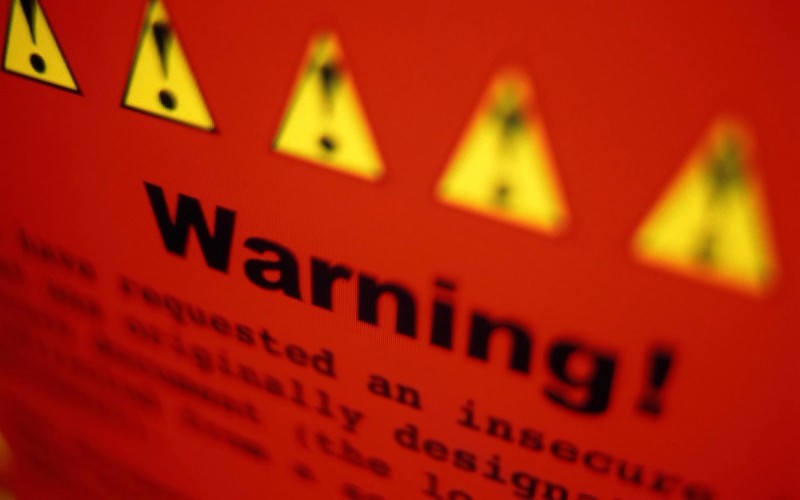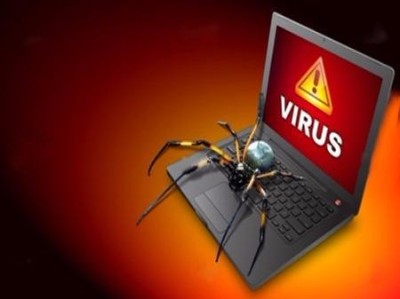Semalt: Malware Infection And How To Prevent It

Scam artists can target smart phones and computers from any global location. There are several ways in which a computer or smart phone user can encounter malware. Therefore, it is challenging to communicate ideas on how to address every malware experience.
Frank Abagnale, the Semalt Senior Customer Success Manager, states that understanding malware and its characteristics is a good approach to minimizing the challenges that it can cause.

Meaning of Malware
Malware is malicious software. The software occurs in several forms, for example, viruses, Trojan, and spyware. The malicious software works in various ways. The software can cause the computer to crash several times. The software can also be a spyware that steals personal information or monitor the activities of the computer or smart phone user.
Avoiding Malware
Email communication has improved sharing of instant messages, images, videos, documents, and online links. However, criminals can use email communication to send malware to unsuspecting users. Scam artists usually send innocent looking messages with links to online sites. The official-looking emails are developed to influence the users to download the malware. Scam artists develop new scams daily. However, there are two categories of official looking scams that are common.
- a) Fake emails from court – The scam artist designs an email message that informs the user about court summons. The email has a link or attachment for more information. Clicking the attachment or link downloads the malware onto the device.
- b) Fake emails from funeral homes – The email has information about morgue or funeral services. It has a link or attachment that indicates additional information. Opening the link or attachment downloads the malware onto the device.
Computer and smart phone users should have sufficient knowledge about the popular scams and malware attacks. The following tips are also important in preventing malware problems:
- a) The users should be careful when opening or downloading email attachments. The files may contain viruses, Trojan, or suspicious software that weakens computer security. The computer or smart phone may lose important information if the protective software is not installed.
- b) Email messages that request personal or financial data should be ignored. Legitimate organizations do not request for such information through the email.
- c) Emails from online merchants should be verified to prevent fraud. The order number on the email subject should be the same as the printed receipt number.
- d) If the email account has unauthorized activities, the user should contact the company using the genuine telephone number.
- e) The computer user should install a firewall, anti-virus, and anti-spyware programs. The protective programs should also be updated regularly. Certain phishing emails have programs that can crash the computer or monitor the activities of the user. The protective programs prevent the malware, Trojan, and virus from affecting the computer. The firewall prevents communication with unauthorized sources.
- f) Ensure the browser has anti-phishing features. The features include a toolbar that lists various phishing sites.
- g) Information backup is important. Email users should safeguard their files by keeping the backups in offline locations. The backup protects the information in case of malware, Trojan, and virus attacks.
